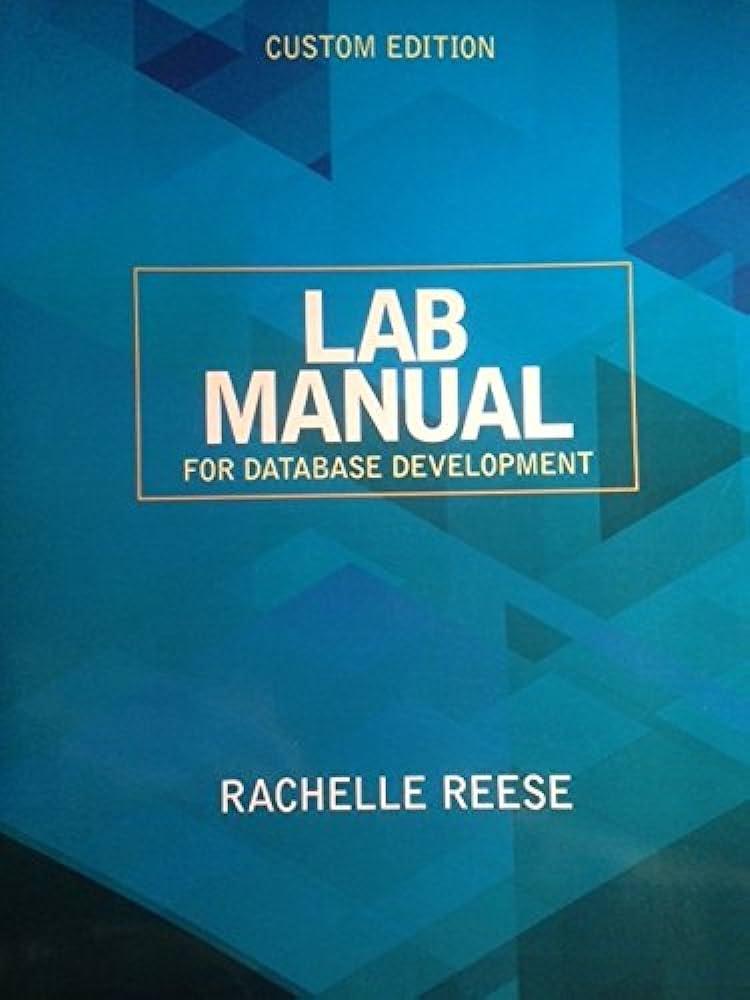Question
1. ________ is one of the most fundamental requirements in the transmission of a stream of bits from one device to another. A) Standardization B)
1. ________ is one of the most fundamental requirements in the transmission of a stream of bits from one device to another. A) Standardization B) Digitalization C) Synchronization D) Configuration
2. A ________ error can occur in the presence of white noise when a slight random deterioration of the signal to noise ratio is sufficient to confuse the receiver's decision of a single bit. A) burst B) idle C) single-bit D) digital
3. In ________ transmission each block of data is formatted as a frame that includes a starting and an ending flag. A) parallel B) asynchronous C) analog D) synchronous
4. In a(n) ________ there is a cluster of bits in which a number of errors occur, although not necessarily all of the bits in the cluster suffer an error. A) error burst B) single-bit error C) idle state D) error detection
5. In __________ transmission systems, an error occurs when a binary 1 is transmitted and a binary 0 is received, or a binary 0 is transmitted and a binary 1 is received. A) analog B) digital C) parallel D) none of the above
6. A ___________ is an isolated error condition that alters one bit but does not affect nearby bits. A) parity error B) burst error C) single-bit error D) streaming error
7. Correction of errors using an error detecting code requires that block of data to be ________. A) skipped over B) deleted C) retransmitted D) streamed
8. Error correction works by adding ________ to the transmitted message. A) decoding B) clarification C) error burst D) redundancy Data and Computer Communications, 10th Edition, by William Stallings
9. The use of coding allows a reduction, referred to as the ________, and defined as the reduction in decibels to achieve a specified BER of an error correcting coded system compared to an uncoded system using the same modulation. A) code rate B) fixed coding C) coding gain D) block code
10. In ________ transmission systems, an error occurs when a bit is altered between transmission and reception. A) analog B) digital C) idle D) guided
11. The __________ is a measure of how much additional bandwidth is required to carry data at the same data rate as without the code. A) burst rate B) code rate C) stream rate D) idle rate
12. The __________ is the reduction, in decibels, to achieve a specified BER of an error-correcting coded system compared to an uncoded system using the same modulation. A) FEC B) Hamming distance C) coding gain D) checksum
13. The _________ is a string of 1-bit storage devices with each device having an output line, which indicates the value currently stored, and an input line. A) shift register B) parity C) digital logic D) none of the above
14. The ratio of redundant bits to data bits, (n k)/k , is called the __________ of the code. A) redundancy B) coding gain C) code rate D) fixed parity
15. The __________ d(v1 , v2) between two n -bit binary sequences v1 and v2 is the number of bits in which v1 and v2 disagree. A) check bits B) FCS C) ECC D) Hamming distance
SHORT ANSWER 1. Three approaches are in common use for coping with data transmission errors: error-detection codes, error-correction codes, and __________ protocols. 2. ___________ operates in a fashion similar to error detection but is capable of correcting certain errors in a transmitted bit stream. 3. Redundant bits are used by the _________ for the purpose of error detection or Data and Computer Communications, 10th Edition, by William Stallings correction. 4. FEC codes are designed not just to detect but correct errors, avoiding the need for __________. 5. The data, plus preamble, postamble and control information are called a ________. 6. A ________ error is an isolated error condition that alters one bit but does not affect nearby bits. 7. The ________ is a measure of how much additional bandwidth is required to carry data at the same data rate as without the code. 8. A way of viewing the CRC process is to express all values as ________ in a dummy variable X with binary coefficients. 9. The ratio of redundant bits to data bits is called the ________ of the code. 10. The ________ is a measure of how much additional bandwidth is required to carry data at the same data rate as without the code. 11. Forward error correction schemes are frequently used in __________ transmission, where retransmission schemes are highly inefficient and error rates may be high. 12. An ___________ is a group of bits in which two successive erroneous bits are always separated by less than a given number x of correct bits. 13. A __________ error can occur in the presence of white noise. 14. In an __________ , there is a cluster of bits in which a number of errors occur, although not necessarily all of the bits in the cluster suffer an error. 15. The simplest error-detecting scheme is to append a __________ bit to the end of a block of data.
Step by Step Solution
There are 3 Steps involved in it
Step: 1

Get Instant Access to Expert-Tailored Solutions
See step-by-step solutions with expert insights and AI powered tools for academic success
Step: 2

Step: 3

Ace Your Homework with AI
Get the answers you need in no time with our AI-driven, step-by-step assistance
Get Started


